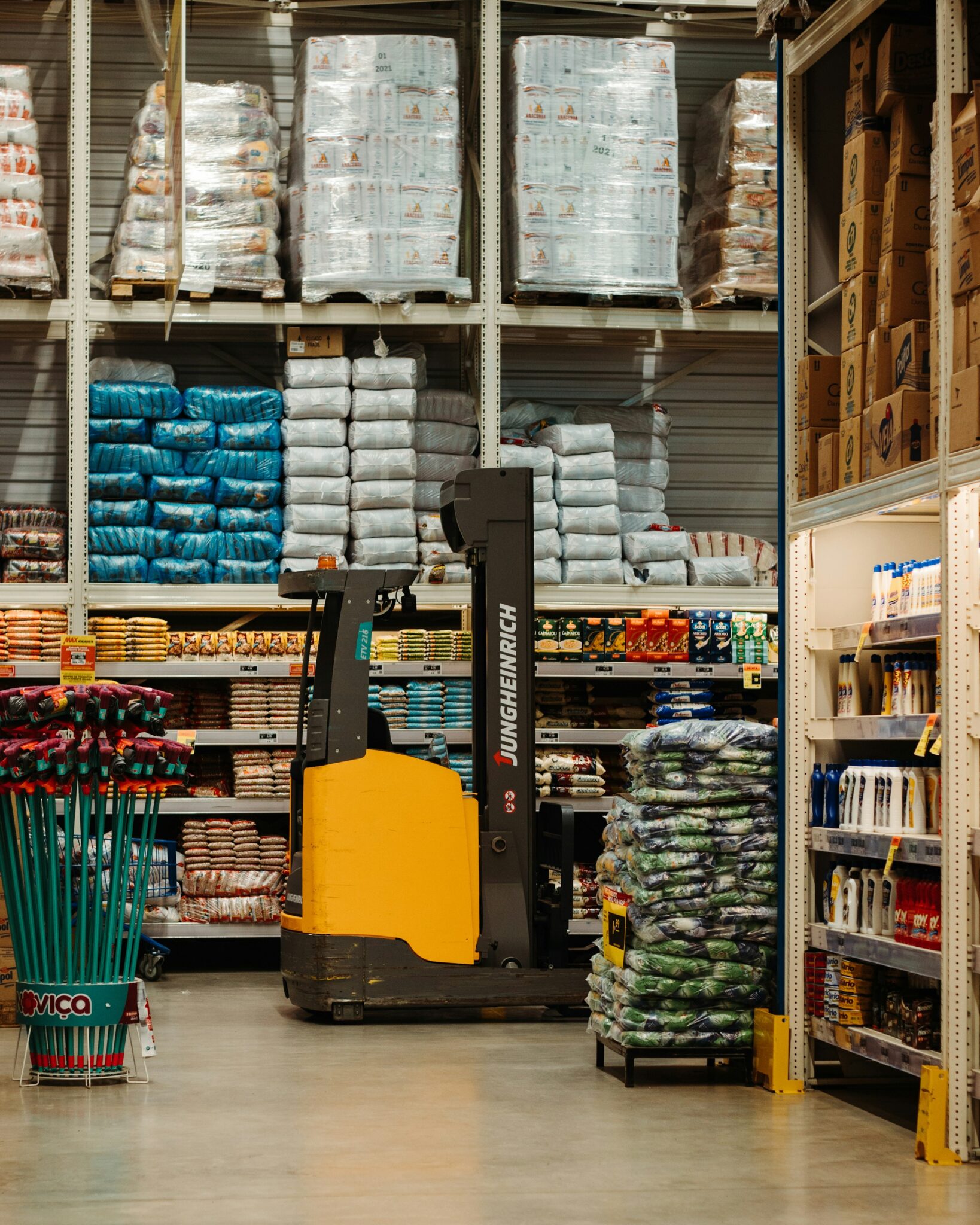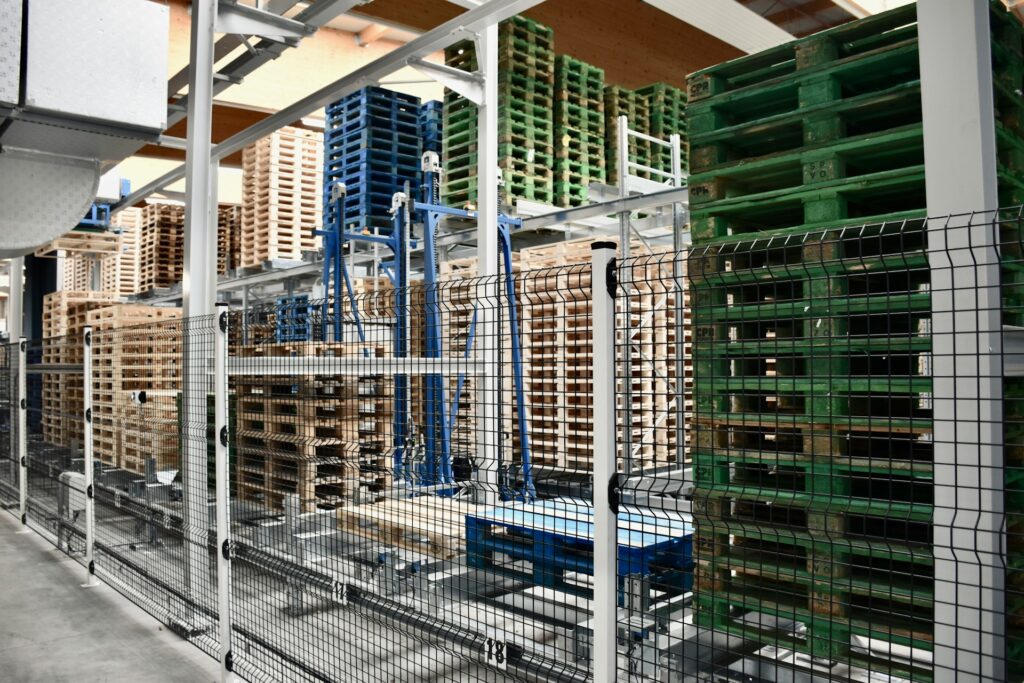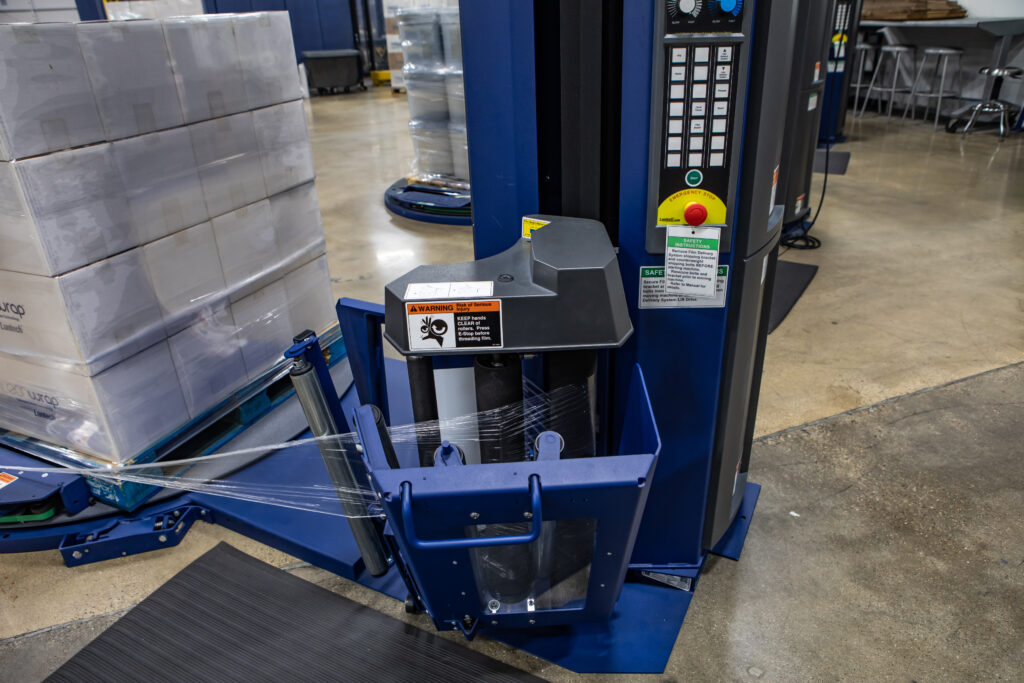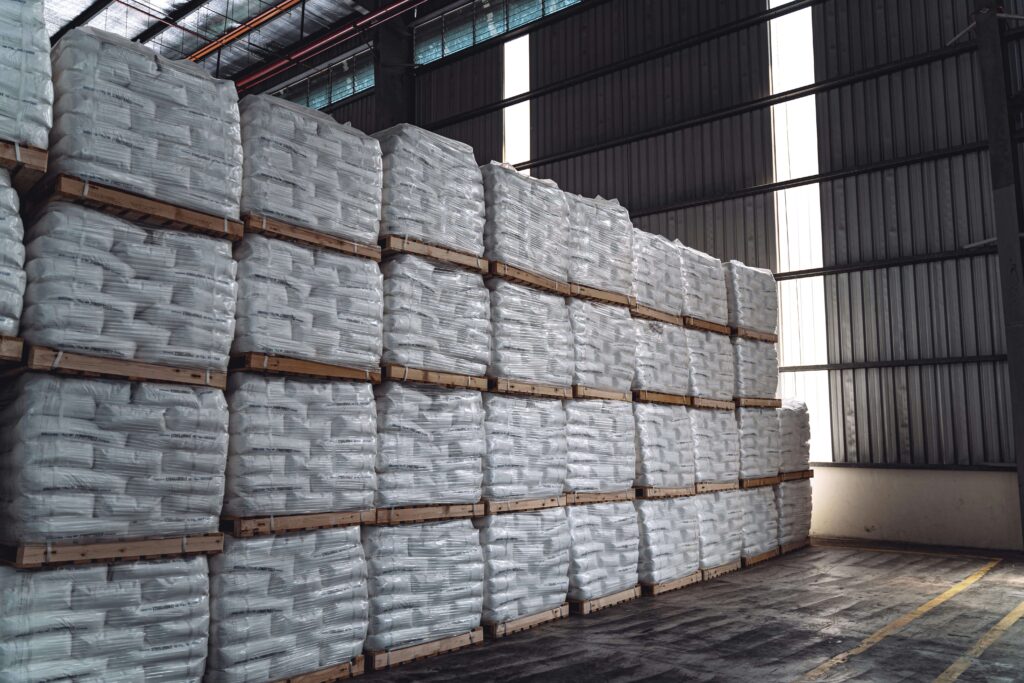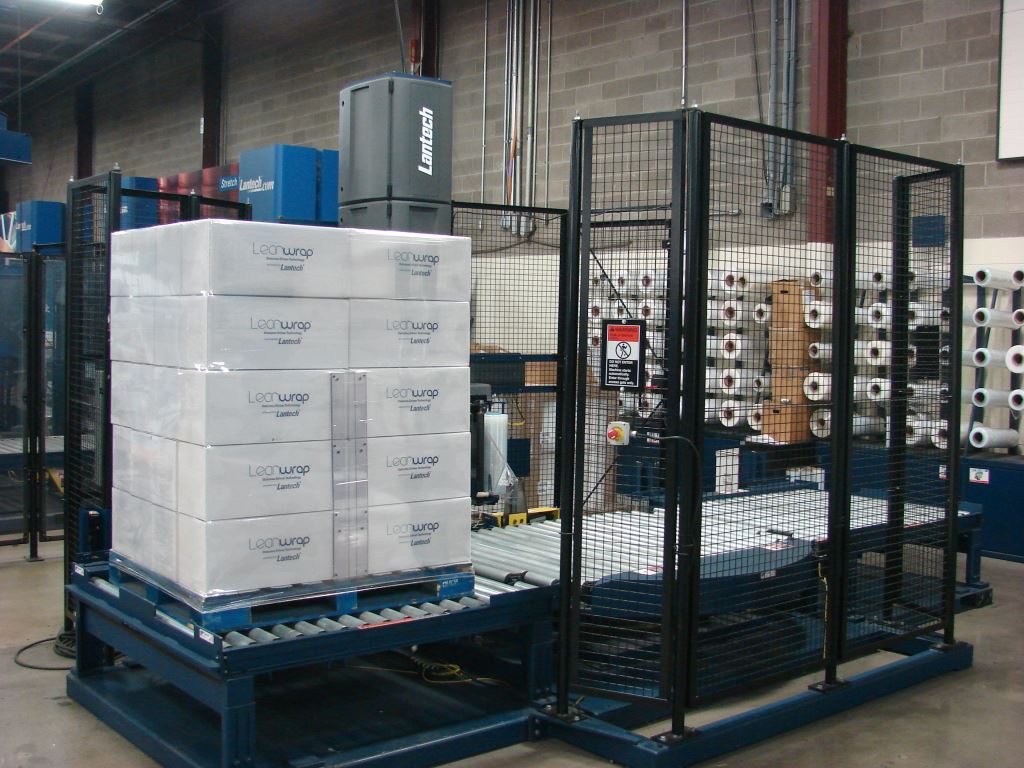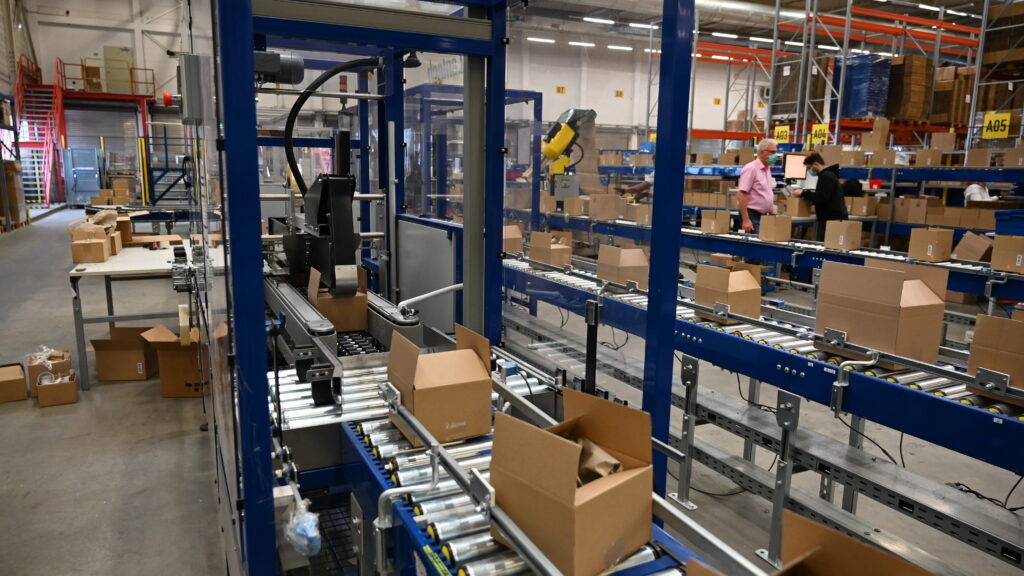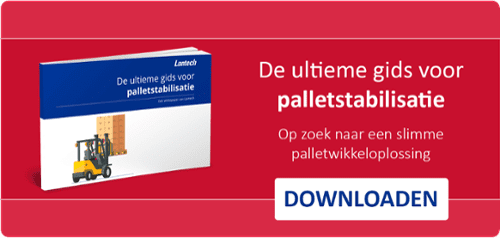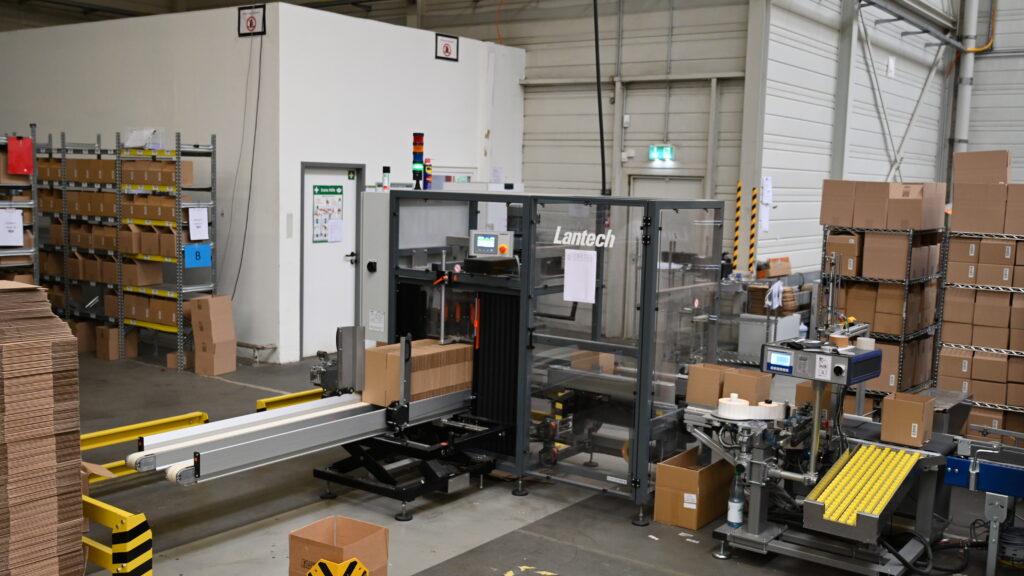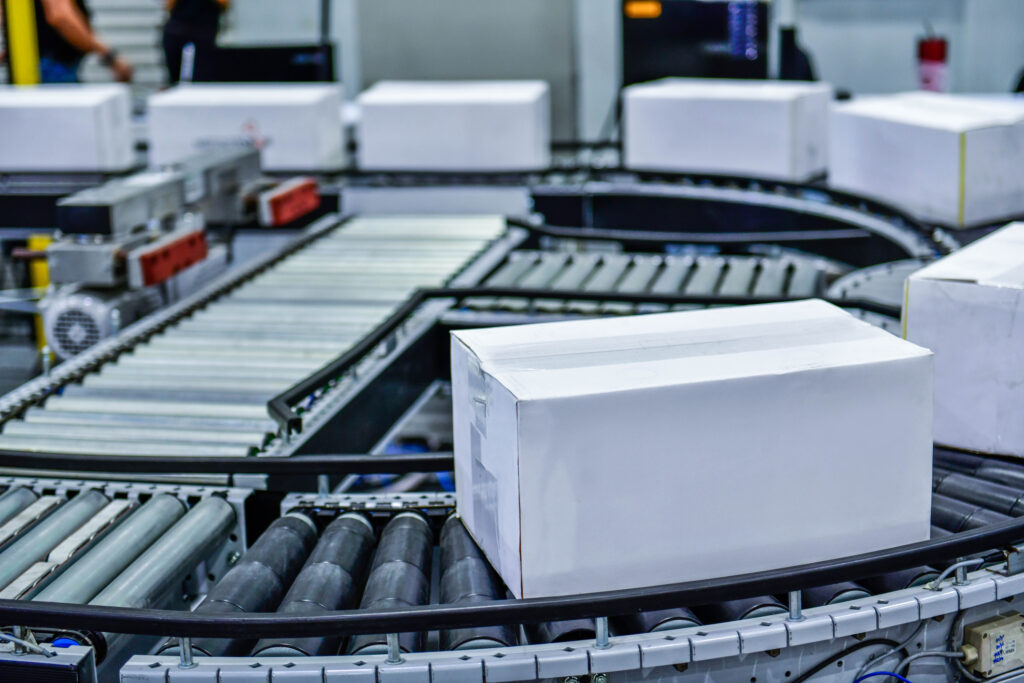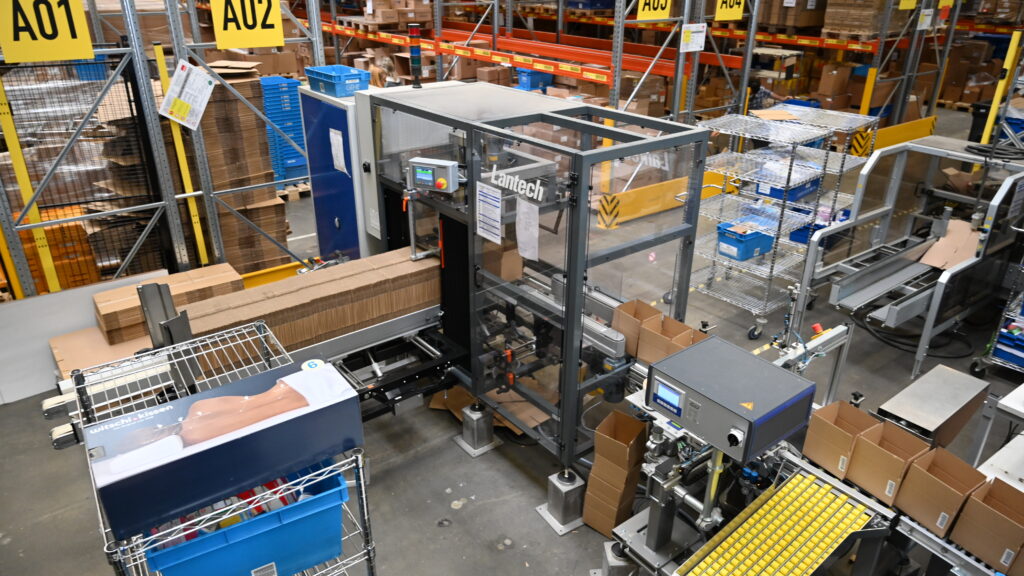Stretch film has become an integral part of modern packaging, ensuring the safety and protection of goods during transportation and storage. The aim of this article is to explore the primary issues with stretch film usage, their causes, consequences, and possible solutions. This article will be valuable for logistics professionals, packaging specialists, and business managers who seek to improve packaging efficiency and minimize stretch film-related problems.
Table of Contents:
- Common Problems with Stretch Film Usage
- Consequences of Problems with Stretch Film Usage
- Solutions to Stretch Film Problems
- Conclusions
Common Problems with Stretch Film Usage
Automation of packaging using stretch film has significantly simplified transportation and storage processes. However, it has also led to several issues that can affect packaging efficiency. Below are some common problems frequently encountered when using stretch film.
Insufficient Stretching of the Film
One of the biggest problems is either insufficient or excessive stretching of the film. In cases of insufficient tension, the film will not hold the product on the pallet, leading to shifting or damage during transportation. On the other hand, excessive stretching can cause the film to tear or lead to unnecessary material usage. This often occurs due to incorrect equipment settings or improper film selection for a specific product.
Quality Issues with the Film
The quality of stretch film is crucial to the reliability of the packaging. Using low-quality film can lead to quick wear and tear, causing tears during transportation and increasing packaging costs. Products wrapped in such film do not receive the proper protection, and this increases the time needed for repackaging, which can reduce production efficiency.
Common Quality Issues with Stretch Film:
- Use of low-quality film that wears out quickly.
- Film malfunctions leading to tears.
- Insufficient film strength for certain types of loads.
- High cost of film affecting overall expenses.
- Uneven film thickness, impacting strength.
Improper Use for Different Product Types
Each product has specific packaging requirements. For instance, delicate goods like glass or items sensitive to mechanical damage require film with special properties such as high elasticity or additional moisture protection. Using standard film for all products can lead to damage and even loss of goods during transportation.
Environmental Impact on Packaging Quality
Temperature fluctuations and increased humidity can alter the properties of stretch film, reducing its strength and elasticity. In cold or humid environments, the film may lose its protective properties, leading to deterioration in packaging quality and increased risk of damage.
Consequences of Problems with Stretch Film Usage
Improper use of stretch film can have serious consequences that directly affect business operations. One of the primary issues is product damage during transportation due to inadequate protection from the film. This can result in not only financial losses but also supply chain delays. For example, using low-quality film or improper tension can lead to loads being inadequately secured, resulting in damage during transit. You can explore solutions to these challenges with the help of our Turntable Automatic Stretch Wrappers, which ensure better film tension and protection during packaging.
Another significant issue is increased packaging and transportation costs. Insufficient stretching or the use of low-quality material can result in more film being used or the need for repacking, which raises costs. Moreover, improper or unreliable packaging leads to additional time spent on loading and unloading goods, negatively impacting logistics efficiency. By using Rotary Arm Automatic Stretch Wrappers, businesses can automate and optimize the film application process, reducing waste and minimizing the time required for handling goods.
Solutions to Stretch Film Problems
To address the issues related to stretch film usage, companies need to implement several important steps.
Key Solutions:
- Choosing the Right Film and Equipment – Selecting high-quality film and the appropriate equipment ensures proper protection for products and reduces packaging costs.
- Utilizing Automated Systems for Quality Control – Implementing automated systems allows for controlling the correct tension of the film and detecting packaging defects at early stages.
- Staff Training and Equipment Calibration – Training operators to correctly adjust equipment and apply the film properly is crucial for efficiency and reducing costs.
- Improving the Packaging Process – Continuously improving packaging technologies and processes helps maintain quality and increase film usage efficiency.
These steps will help companies avoid packaging issues and significantly reduce stretch film-related costs.
Conclusion
Proper use of stretch film is essential for protecting products and increasing packaging efficiency. Investing in new packaging technologies and staff training can significantly improve processes and reduce packaging costs. Ongoing improvements to processes and equipment ensure high-quality results and sustained productivity.
FAQ
1. How do I choose the right stretch film for packaging my product?
Consider the type of load, transport conditions, and required film strength. The choice of quality film depends on the characteristics of the product.
2. Why is it important to adjust the equipment for the correct film tension?
Incorrect tension can result in poor product protection, increased film usage, and reduced packaging efficiency.
3. How can I prevent product damage during transport?
Properly applying film with adequate tension and using specialized packaging technologies helps ensure adequate protection.
4. Are there effective ways to reduce waste when using stretch film?
Automated systems for tension control and even film distribution help reduce waste and cut costs.
5. How do I train my staff to use stretch film correctly?
Conduct regular training sessions and use updated packaging instructions to ensure the correct use of film and improve packaging efficiency.
